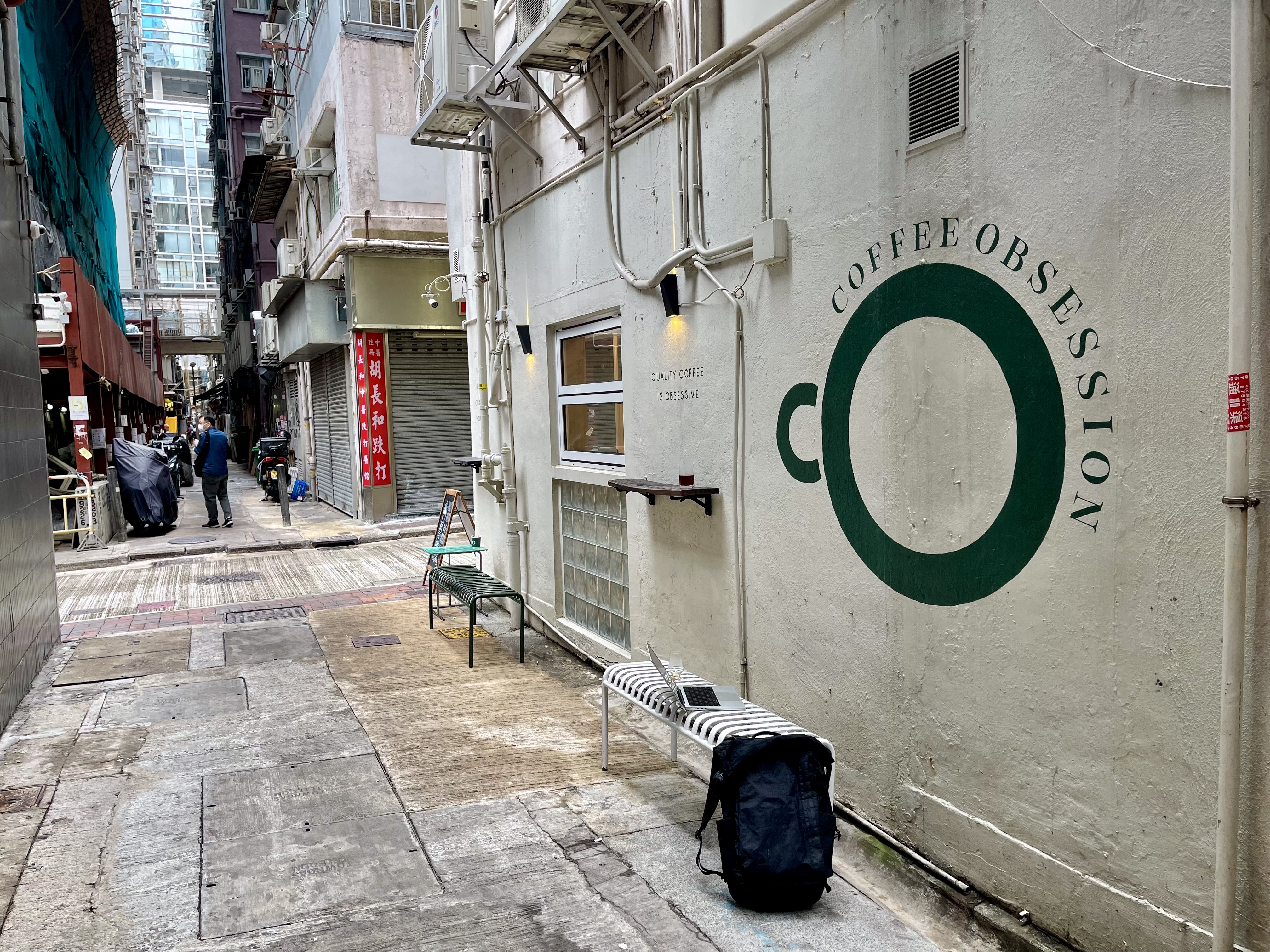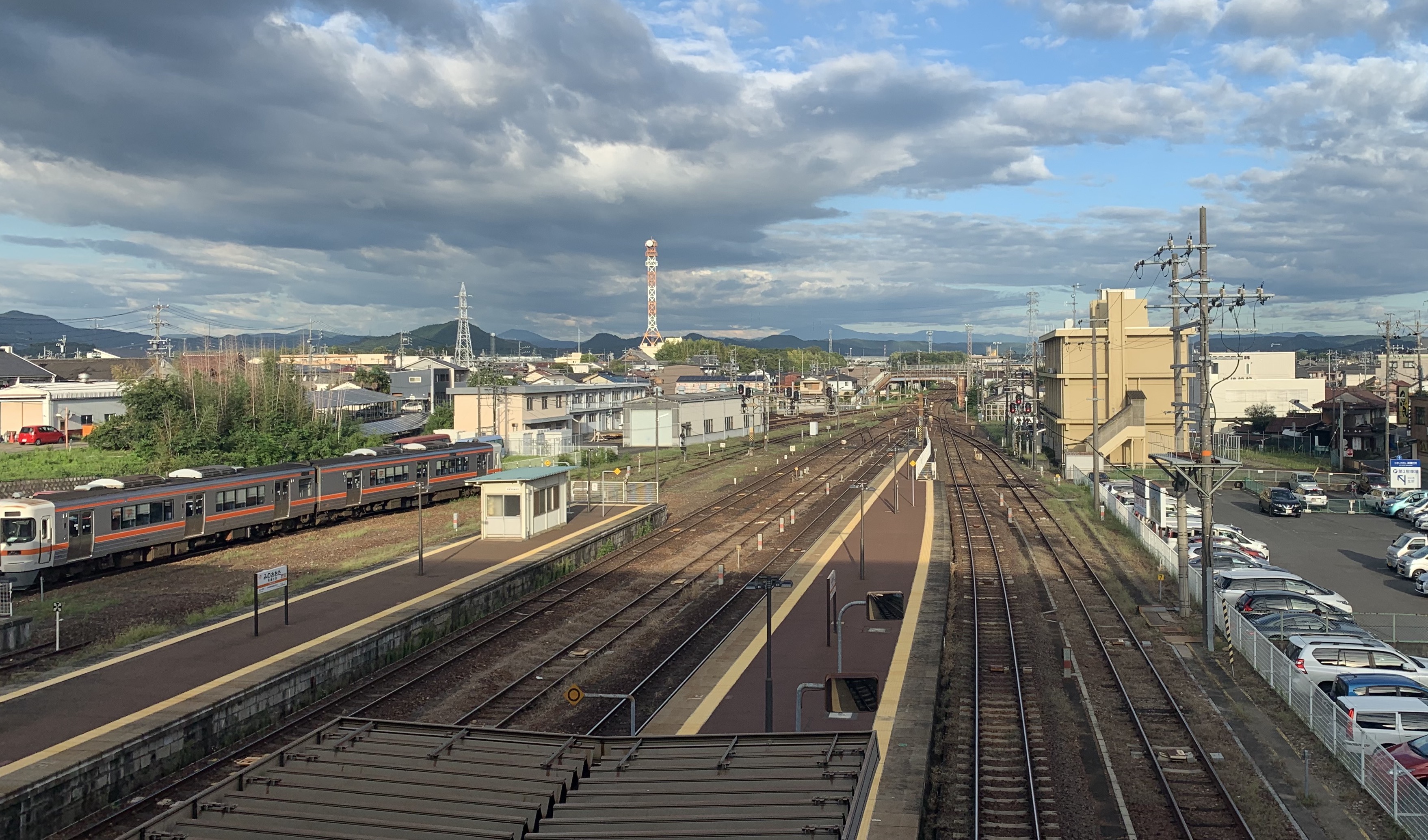In this other city people do not bicycle to work. They log hours of life in automobiles, invest those hours watching license plates for amusement: words paid for simply to alleviate this drone. They have made a collective decision that fifty dollars per person would benefit everyone by giving some form of humor to the mindless jerk and roll of stop and go freeways.
But this is not the difference that surprises. Los Angeles is a city built on the automobile, and we are all aware of the ramifications. That is, we are growing aware of the ramifications. That is, we are still hopelessly inconsiderate of the impact. A sixth grade class, full of boisterous cheer at their opportunity to ignore textbooks, all with their hands raised, desperate to answer.
“The worst problem in Shanghai is the traffic.”
“I think the pollution is the biggest problem.”
“There are too many cars.”
Sixth grade. My next sentences are predictably icy, the strange lack of remorse that age and clarity bring.
“Raise your hand if your family has a car.” Three hands out of thirty six.
“Raise your hand if you want your family to have a car.” Thirty six hands out of thirty six, with one tentatively slow.
We are not different. The failings are repeated, the desires are mirrored. The time spent in automobiles is not a difference of desire, but a lack of time. In five years, the situation will be mirrored on both sides of the Pacific. Those who contest that statement contest only the number of years, not the fact.
No, the difference that provokes is the one that wakes me each morning, asleep on a leather couch that may not really be, that is green and welcoming, for the first week, and then becomes a strange combination of place to collapse and position to avoid.
The difference is light.
Shanghai is a city built upwards in leaps, towered with an enthusiasm seldom seen by man. It is built of concrete, and of steel, solid rock, sand. These are not items of comfort, they are items of quantity, of ability, of speed, and of cost. These are apartment blocks, yet the concerns of the living are attached last, afterthoughts, minor inconveniences their tenants will suffer through for the next decade, or two. Heating, the entire building a cement shape with no insulation, no space in the walls save for water and electricity, is bolted on to each apartment individually, small blocks to transfer energy out when hot, in when cold. They litter the sides of every building, frequently upgraded, moved, readjusted, individually purchased. The purpose of these buildings is to shelter, not to house. To cover, not to hold. Water pipes are run without thought of pressure, electricity without thought of human use. One line runs to the ceiling center in each room, one ends near the door,
one on the far wall, and out. Any further adjustment requires chiseling through the wall and then patching, destroying the cement that is in all cases already too fragile. Too much sand, an irony in a city sinking slowly into it.
In Los Angeles, in Venice, by the beach, I sleep on the sofa of an apartment that is not, for it once was a house. This second floor may have been a deck, half exposed, later walled in when the internal stairs were removed. This is a building built for a family, converted to house three. It is wood, and it creaks in the wind, or when the neighbors start dancing again. It is softer, and warmer, and full of light. The walls are windows, open in the sunshine, sheltered by blinds in the night. The sunlight that wakes me could do so from any direction, my sleeping position visible from any side of the building. In Shanghai’s apartment tower each room gets one window, no more. This does not mean wall space is wasted, but that each apartment has so little of it that faces outwards. That each apartment is a cave, a container, stacked to the sky.
This is not a new surprise. New York knows it, Tokyo and Hong Kong as well. But the strange darkness of my apartment without electricity, even in the longest summer, now has a starker contrast, the well-lit afternoons in Venice, even on the shortest day.
It is a lack of windows, and a lack of wood, both small items that speak to speed, money, and numbers, rather than craft, people, and the desire to inhabit a space full of light.


